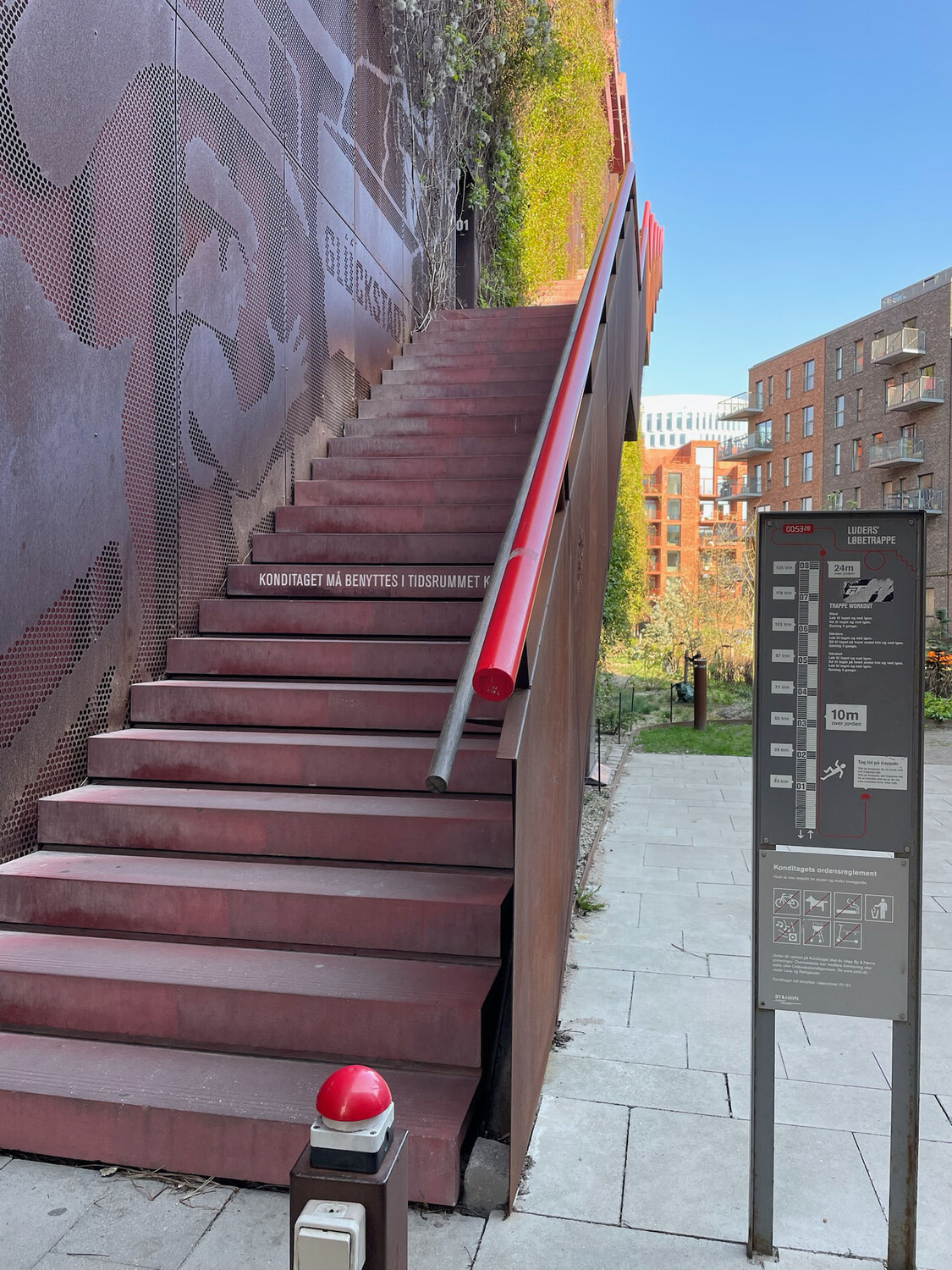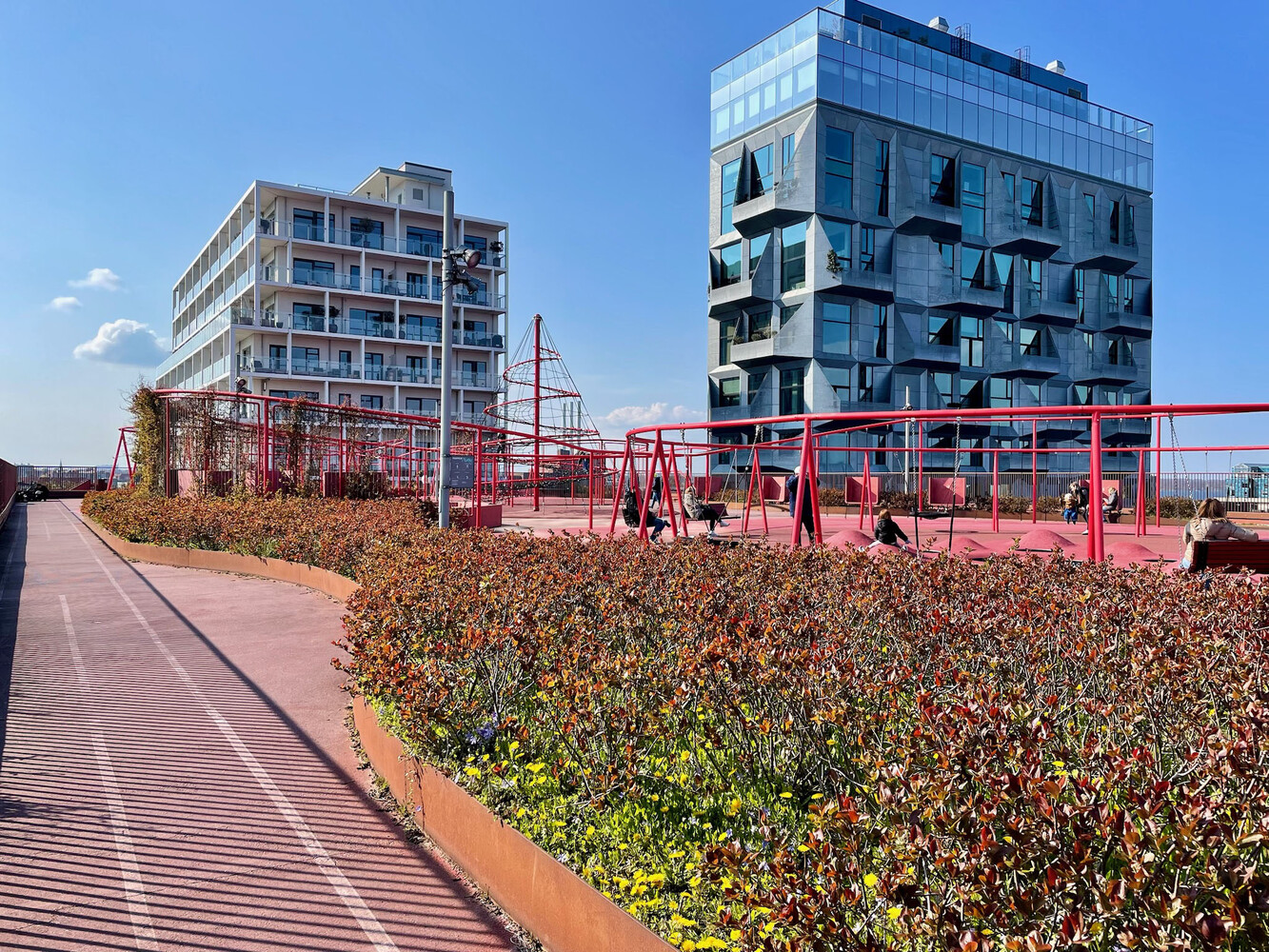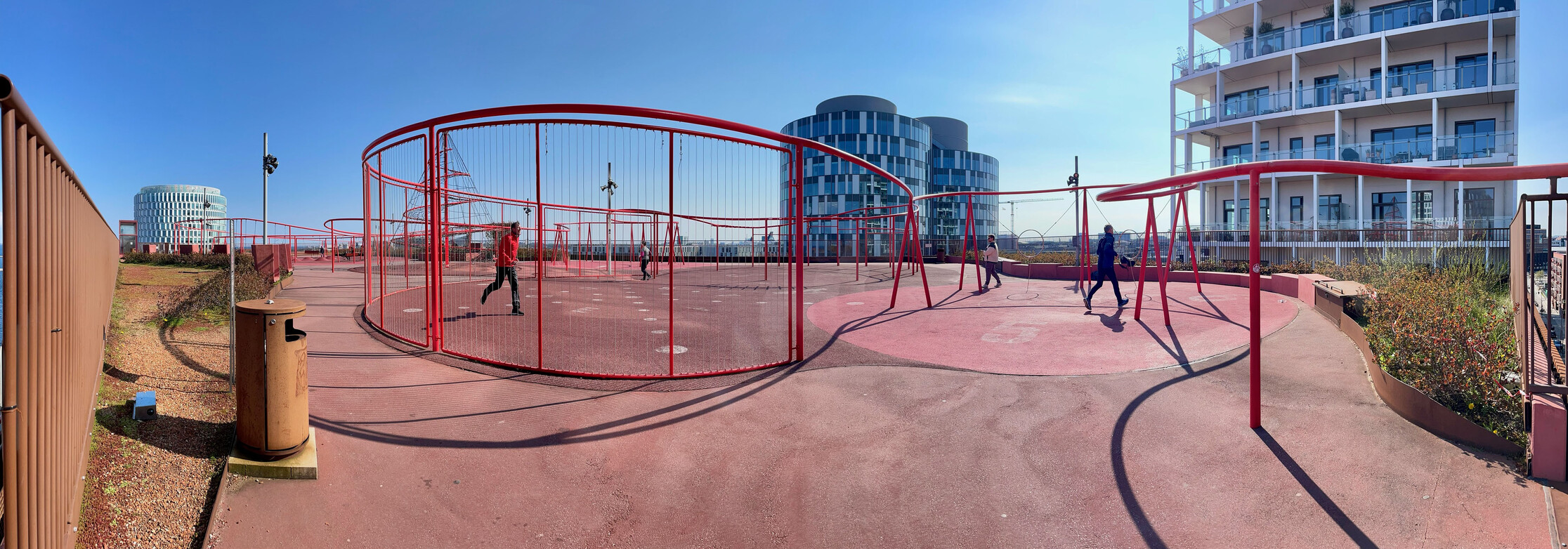A Concrete Jungle with Hidden Green Treasures
New York City, often celebrated for the gritty urban landscape where dreams are made, finds itself at a crossroads. A city known for its towering skyscrapers and iconic landmarks is now presented with an audacious idea – a paradigm shift in how it views and utilizes its 13 publicly owned golf courses. This provocative transformation isn’t just about aesthetics; it’s a response to a growing need for equitable access to green spaces, a call to action inspired by lessons learned during the pandemic.
The Inequity Quandary: Access Denied to Many
Amidst the city’s vibrancy, an unsettling truth persists – the unequal distribution of green spaces. While NYC boasts a high rating for access to green spaces, per capita metrics reveal a shocking contrast to other major North American cities. Analyzing the locations of the 13 golf courses reveals a correlation with neighborhoods where demographics tend to be lower income. Converting these spaces isn’t just a strategic environmental move; it’s a direct benefit to communities that often lack access to quality recreational areas. It’s a commitment to addressing the socio-economic dimensions of green spaces.
The revelations from HUGSI, GeoTab, and Trust For Public Land datasets underscore the challenge. Public golf courses, arguably perceived as exclusive, exacerbate this inequality, situated in areas that are more commonly less accessible, especially for those without private transportation. Marine Park Golf Course, Forest Park Golf Course, Mosholu Golf Course, Bally’s Golf Links at Ferry Point, and Douglaston Golf Course are isolated from public transportation, impeding access and enjoyment for a significant portion of the population. Conversely, golf courses adjacent to or within public preserves or parks, such as Forest Park Golf Course, Mosholu Golf Course, Bally’s Golf Links at Ferry Point, and Dyker Beach Golf Course, present an opportunity to enhance the city’s green infrastructure by seamlessly integrating and aggregating these spaces.
Carbon Footprint: From Fairways to Eco-Friendly Haven
The environmental impact of maintaining golf courses is substantial. Studies suggest an average carbon footprint of 4,277 kg CO2e per hectare per year for golf course maintenance in the Northern USA. The total land coverage of NYC’s public courses spans between 1,500 and 3,500 acres, resulting in an annual carbon footprint ranging from 2,591,936 kg to 14,999,450 kg CO2e. This is a significant contributor to NYC’s carbon footprint and calls for a sustainable, greener alternative.
Additionally, nutrient pollution from fertilizers poses risks to waterways. Golf course fertilizers often contain nitrates and phosphates, contributing to potential annual nitrogen leaching from 3,035 kg to 176,500 kg and phosphorus leaching from 607 kg to 35,300 kg. Conversion presents an opportunity to implement sustainable land management, safeguarding water quality and protecting aquatic ecosystems.
Privilege Paradox: Exclusivity on Green Fairways
Golf courses, historically emblematic of privilege, occupy spaces that could be reimagined for the benefit of all New Yorkers. These privileged pockets of greenery, isolated from public transportation, contribute to a narrative of exclusivity. Transforming them into public parks is more than a shift in land use; it’s a commitment to addressing the stark disparity in recreational opportunities across different income brackets.
Revenue Streams: Turning Green into Gold
Addressing the economic aspect of this transformation is crucial. Beyond the proposed revenue streams, additional innovative ideas emerge:
- Public Art Installations and Events: A canvas of creativity, these transformed spaces can host revenue-generating events, bringing communities together through culture and art.
- Green Tech Showcases: Dedicated sections can spotlight sustainable technologies, positioning NYC as a leader in green innovation while creating revenue streams.
- Green Housing Developments: Repurpose portions for sustainable housing, integrating green building practices and fostering eco-friendly neighborhoods.
- Renewable Energy Parks: Transform sections into hubs of clean energy, contributing to the city’s grid while promoting sustainability.
- Eco-Tourism and Education Centers: Develop hubs that showcase NYC’s commitment to sustainability, generating revenue while fostering environmental awareness.
Ya-Ting Liu’s Role: Paving the Way for Swift Action
In this transformative journey, the appointment of Ya-Ting Liu as NYC’s First-Ever Chief Public Realm Officer by Mayor Adams is a pivotal development. Liu’s role extends beyond her existing remit. Her leadership can expedite inter and intra-agency coordination, cut through red tape, and navigate bureaucratic complexities to ensure swift and impactful change. Let us seek Liu’s commitment to collaborating on this initiative, shaping a greener, more inclusive future for New York.
Conclusion: Greening Gotham for Generations to Come
This isn’t merely a proposal; it’s a call to action. Imagine a New York where every borough boasts lush, accessible green spaces, where the air is cleaner, and where sustainability and equity converge. It’s a visionary step towards a city where the green treasures, hidden amidst the concrete, become accessible to all. Share this vision, engage in the conversation, and tag @NYCMayorsOffice, @NYCEDC, @vanallenins, @designtrustnyc, @nycplanning, @nycparks, and @YaTingLiuNYC. Let’s turn this radical vision into reality, transforming NYC’s golf courses into urban oases for generations to come.

Urban Beach created with Adobe Firefly by Blair Guppy












